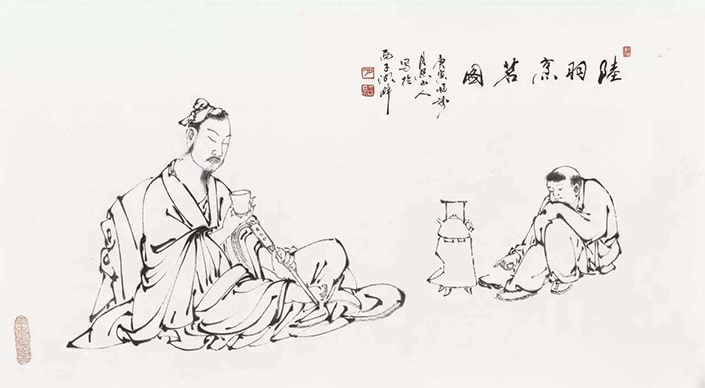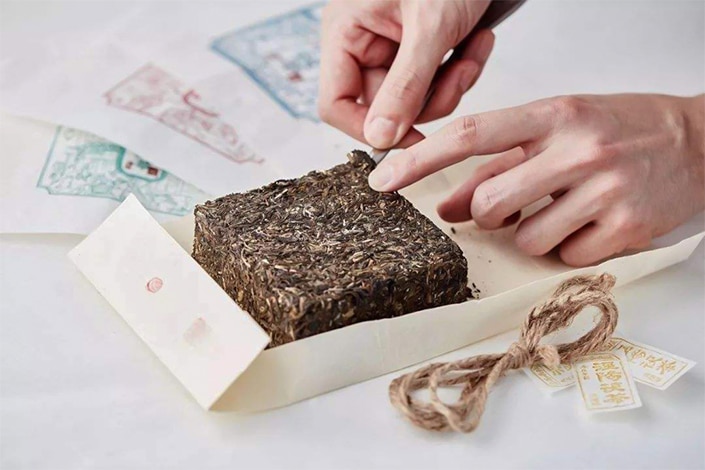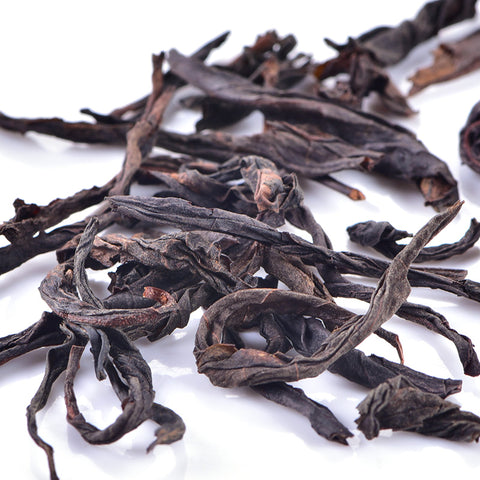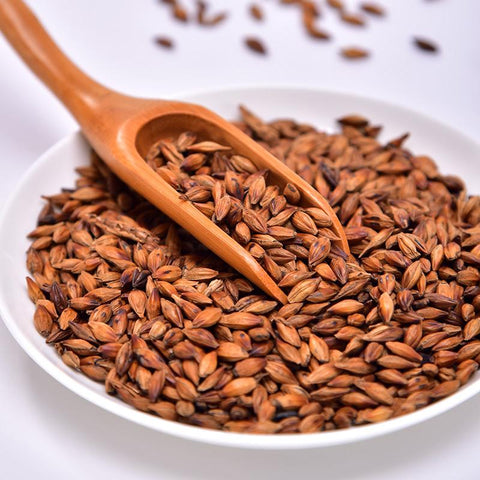The History of Tea in China
Chinese tea originates from Shennong, a mythical figure who is regarded as the father of Chinese agriculture and traditional medicine.
It’s said that when Shennong was boiling water for drink under a camellia tree, some leaves fell inside with fresh fragrance. Shennong took a sip and felt it’s so delicious; hence the tea came into being.
In the early period, most of Chinese tea culture originated from the book Tea Classic written by Lu Yu in about 760 AD. He was adopted by the monastery and started to plant and drink tea since his childhood. The Tea Classic describes the tea culture in the early Tang Dynasty and explains how the tea was planted and blended.

In the era when Lu Yu was living, tea was pressed into bricks and sometimes even used as currency. To drink with it, people usually pulverized the tea leaves into powder and mixed with water with a blender to make a foamy drink. Although such a kind of pulverized tea is not common in China nowadays, it spread from China to Japan during the Tang Dynasty and passed down as matcha till today.

Ming and Qing Dynasties
During the Ming Dynasty (1368-1644 AD), the emperor ordered to change the tea bricks into the loose leaf tea, so as to make the farmers live much easier since the traditional method of making tea bricks was quite labor-intensive. Loose leaf tea is still the most common form of tea in China nowadays.
Modern Tea Culture and Tea Ceremony
Chinese tea culture has been most completely preserved in the south, where most of Chinese tea is produced. Tea can be enjoyed at home or in the tea houses which provide private rooms to drink tea with friends or business partners.

Many modern Chinese tea culture focuses on the Kung Fu tea ceremony. It is believed to originate in Fujian or Guangdong Province which is usually featured with black tea, oolong tea or Pu'er tea.

The most basic ritual for tea ceremony is the adoption of tea cups, tureen or Yixing purple clay pots, tea strainers, teapots and teapoy or trays. Other appliances such as tea tongs are also optional.
It’s feasible to spend heavily to collect expensive tea and exquisite teaware, especially Yixing teapots. In the circle of wealthy people, contacting with tea culture is usually regarded as a way to "show off wealth as well as investment and deposit”. On some important occasions, expensive tea ceremonies are also not uncommon.
Not every Chinese is a tea connoisseur. Many people even know nothing about Kung Fu tea ceremony and some families are not used to drinking tea. Some even make the tea and fill it in the thermos for drinking all day long.
The Most Popular Tea
Most Chinese tea is the loose leaf tea brewed with boiling water and filled in a teapot, thermos or glass directly. Tea bags are not common in China.
"Tea" is regarded as a collective term for many different herbal brewing in the West. Strictly speaking, the term "tea" is only suitable to refer to the beverages made from tea tree leaves.
The taste and color difference of Chinese tea are not due to the various tea types. Instead, it’s because of the different processes in tea production and manufacturing.
The type of tea is determined by the degree of oxidation before heating. In China, tea merchants usually refer to the oxidation process as fermentation.

Chinese tea is usually classified based on the degree of fermentation. The more fermentation, the stronger flavor. According to the level of fermentation, white tea is basically unfermented, followed by lightly fermented green tea(绿茶), semi-fermented oolong tea(乌龙茶) and fully fermented black tea(红茶). Pu'er tea(普洱茶), which is generally darker and thicker, is said to be post-fermented tea.
Some regions in China are known for the production and consumption of certain type of tea. For example, Wuyi Mountains in Fujian Province mainly produce and consume high-quality oolong tea, such as Dahongpao(大红袍,Big Red Robe). The green tea such as Biluochun(碧螺春,spring spiral)is usually planted in Jiangsu Province and popular in the areas around Shanghai.


There are also some beverages which are called "tea" in China although some of them don't contain tea leaves. A popular one is the jasmine tea, which is blended by green tea with jasmine flowers. Barley tea is made from roasted barley grains without any tea leaves actually.


Barley Tea
Other "teas" favored by the youngsters include milk tea and pearl milk tea. These sugary beverages have a big variety of different flavors although they contain no real tea at all.




